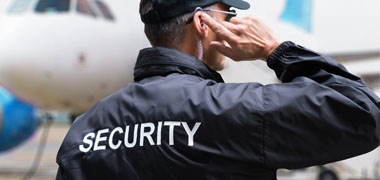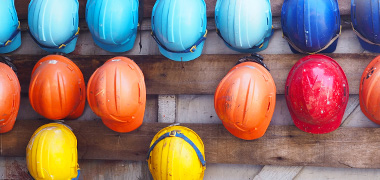
AI Occupational Exposure score unavailable For more insight, research the specific tasks and skills required for the role.
Explore all careersAn EEHA Auditor inspects electrical equipment in hazardous areas, ensuring compliance with safety standards and issuing certificates.
Get qualified to work as an EEHA Auditor with a course recognised across Australia. Speak to a training provider to learn more.
Browse occupations related to EEHA Auditor
In Australia, a full time EEHA Auditor generally earns $1,800 per week ($93,600 annual salary) before tax. This is a median figure for full-time employees and should be considered a guide only. As you gain more experience you can expect a potentially higher salary than people who are new to the industry.
 Courses.com.au Team
Courses.com.au Team
This industry has seen strong growth in employment numbers over the last five years. There are currently 4,300 people working in this area in Australia and many of them specialise as an EEHA Auditor. EEHA Auditors may find work in all regions of Australia, particularly in mining and gas producing areas.
Source: Australian Government Labour Market Insights
 Courses.com.au Team
Courses.com.au Team
If a career as an EEHA Auditor interests you, consider enrolling in a Certificate IV in Hazardous Areas – Electrical. This course is suitable for licensed electricians and allows you to choose electives to suit your career plans such as coal mining, gas atmospheres, dust atmospheres and pressurisation.
 Courses.com.au Team
Courses.com.au Team



An EEHA Auditor carries out safety inspections on electrical equipment used in specialist areas such as mining and gas production. You might check that electrical systems meet safety standards for hazardous areas where extra precautions are necessary. EEHA Auditors conduct inspections to make sure equipment and systems meet compliance standards and may issue safety certificates.
EEHA Auditors should be able to follow correct procedures during their work day and have excellent attention to detail. It’s important that you have good communication skills and are able to liaise with people from a range of backgrounds. You’ll need to understand relevant compliance laws and be able to make safety a priority.